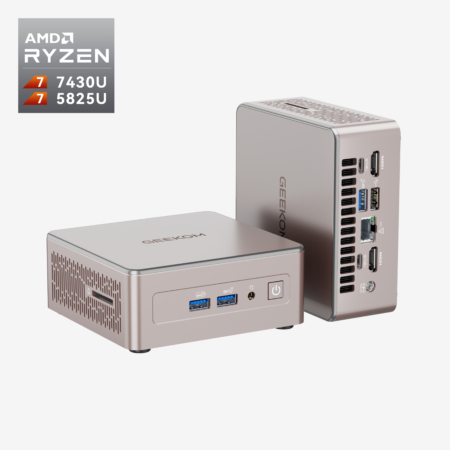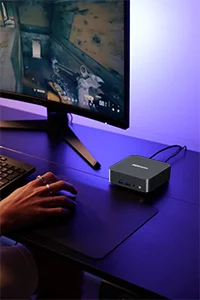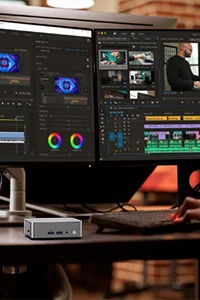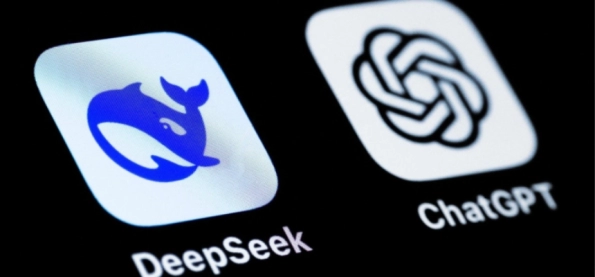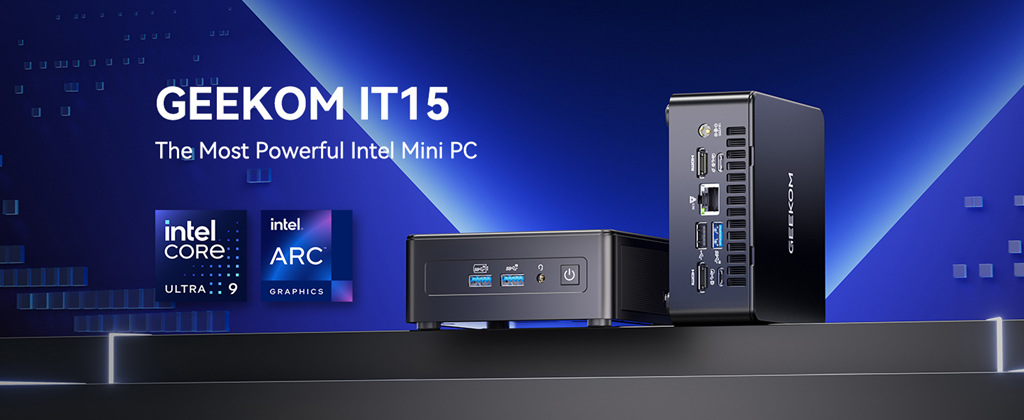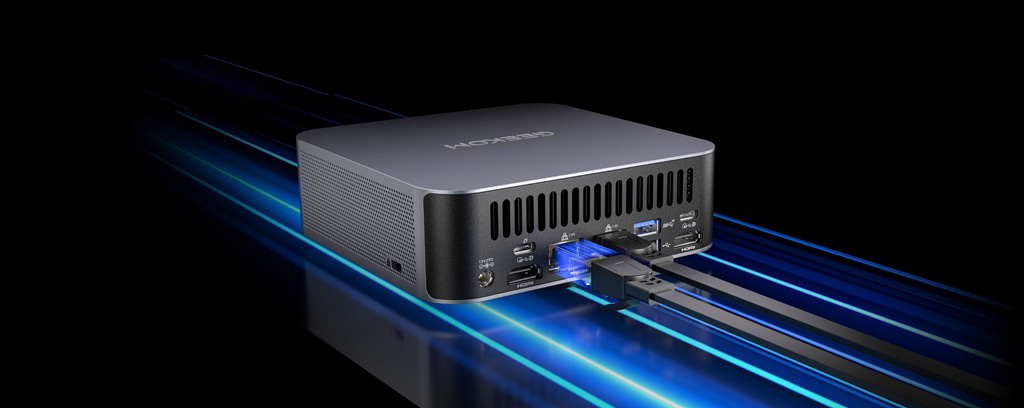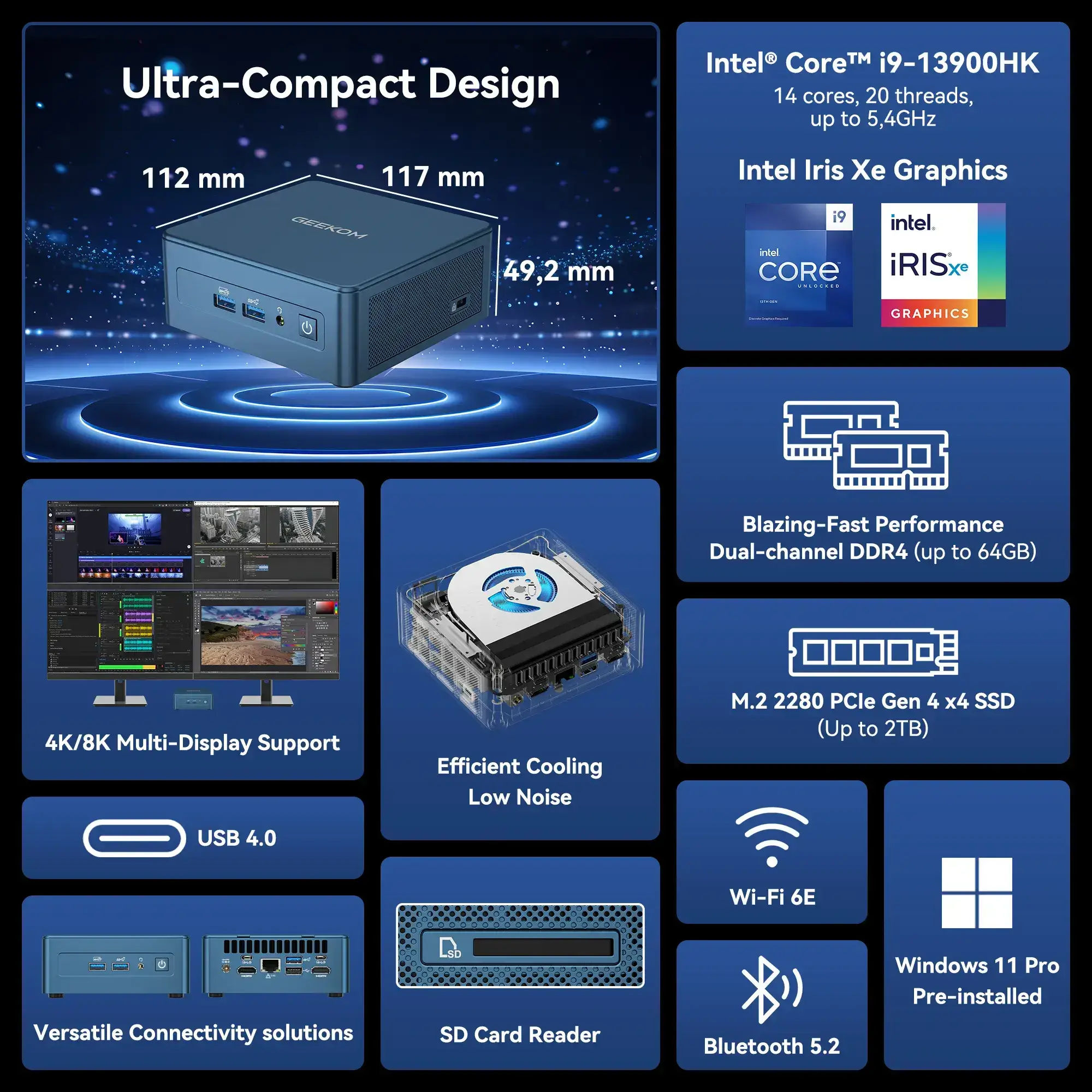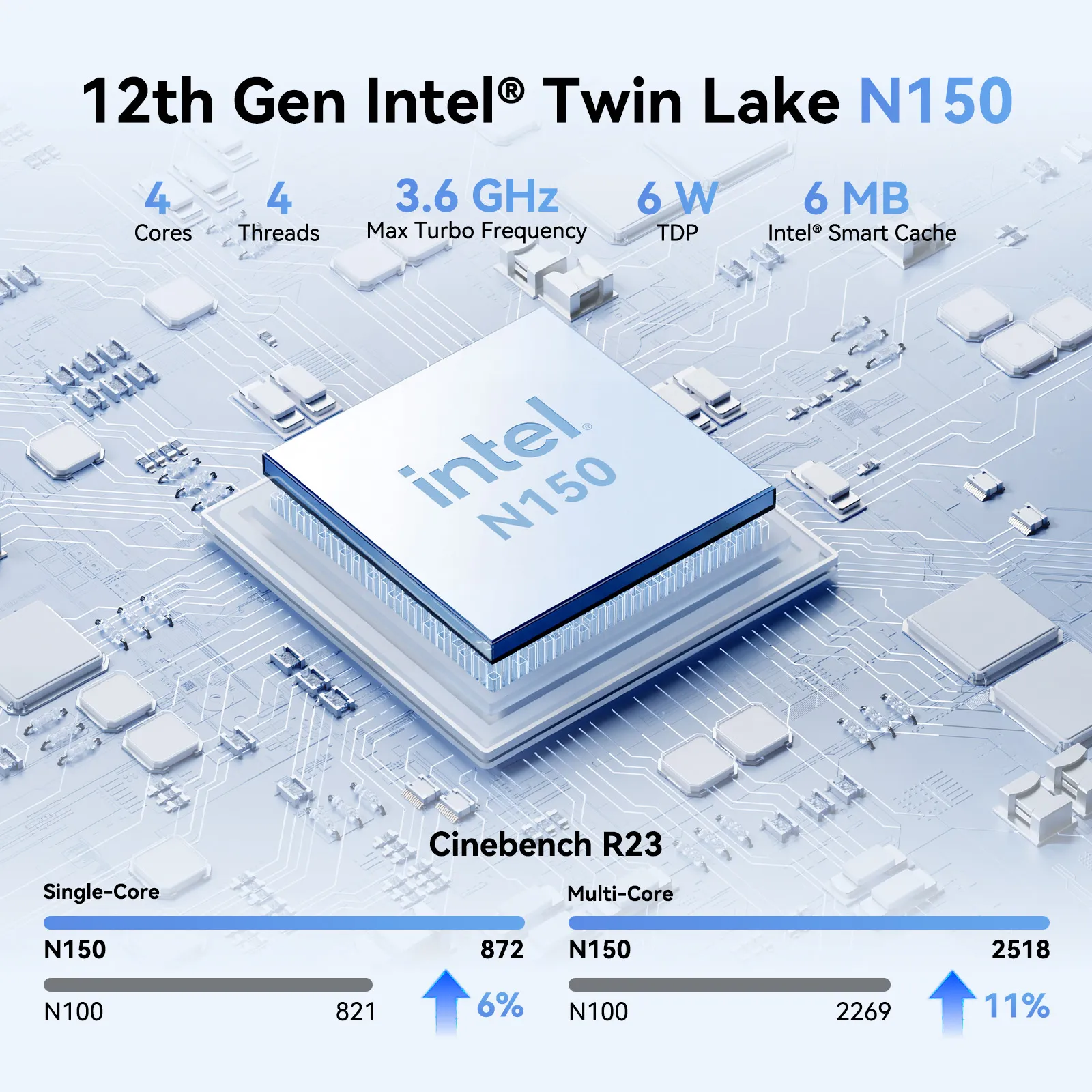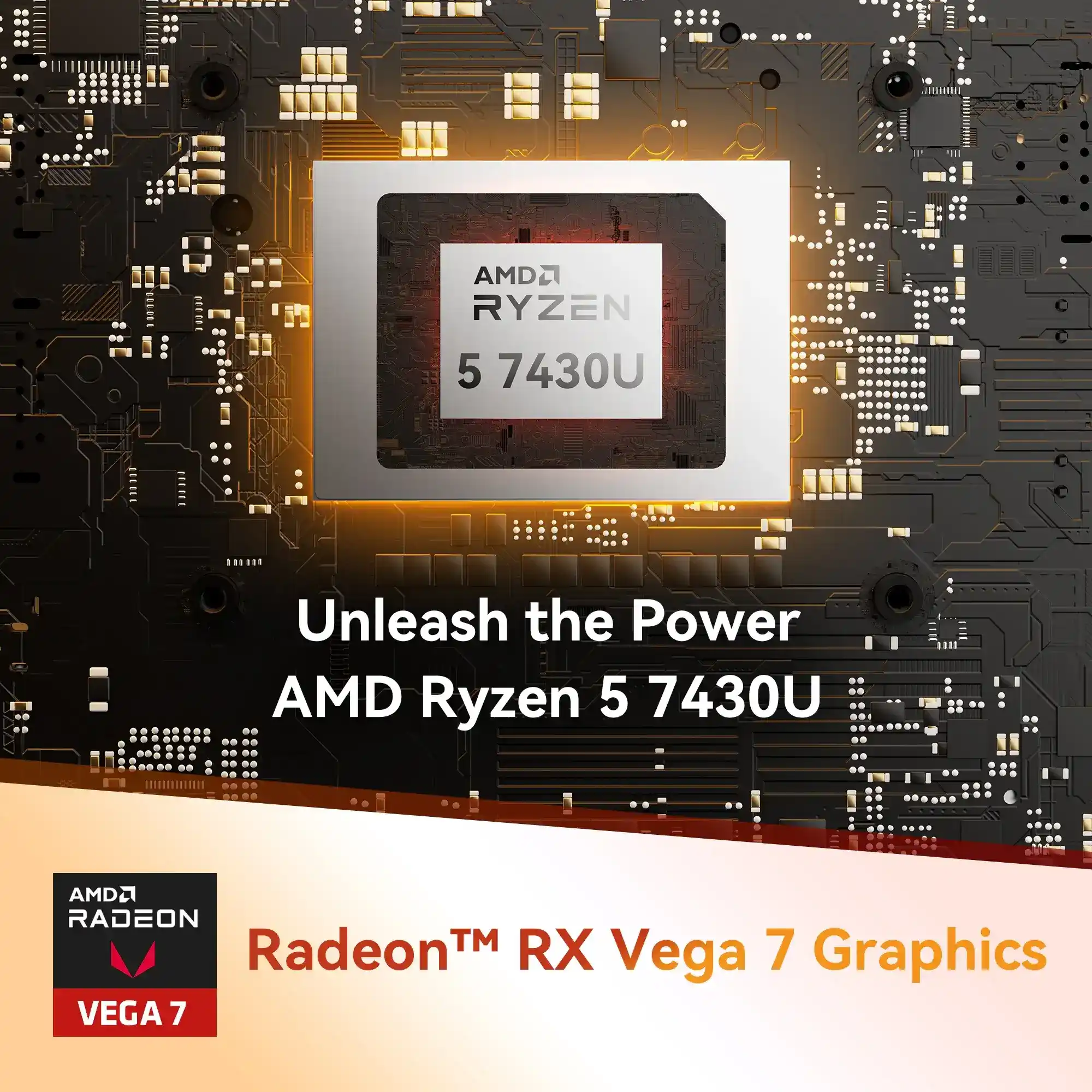Introduction
In recent years, artificial intelligence technology has been developing rapidly, especially in the field of Natural Language Processing (NLP). The capabilities of AI models have been continuously improving, gradually permeating various industries. Among the numerous AI models, DeepSeek and ChatGPT have garnered significant attention due to their unique technical features and application scenarios. DeepSeek is renowned for its multimodal support and deep exploration capabilities in vertical domains, while ChatGPT is famous for its powerful general-purpose language generation abilities. This article will conduct a comparative analysis of the two models from aspects such as technical architecture, application scenarios, performance, and strengths and weaknesses, helping readers better understand their differences and suitability.
Technical Architecture and Core Capabilities
1. Technical Features of DeepSeek
DeepSeek is a multimodal AI model based on deep learning, capable of handling multiple types of data such as text and images simultaneously. Its core advantages lie in efficient knowledge retrieval and reasoning abilities, making it particularly suitable for deep applications in vertical domains. DeepSeek can quickly extract key information and provide precise solutions.
2. Technical Features of ChatGPT
ChatGPT is built on the Transformer architecture and is a large-scale language model (LLM) focused on natural language generation and dialogue. Its strengths lie in general language understanding and generation capabilities, enabling it to handle a wide range of tasks from everyday conversations to complex text generation. ChatGPT’s conversational style is natural and fluent, making it highly favoured by users.
Application Scenarios and Suitability
1. Application Scenarios of DeepSeek
DeepSeek excels in vertical domains. For example:
- Healthcare: Quickly analyzes medical records and provides diagnostic suggestions.
- Legal: Retrieves legal statutes and generates professional opinions.
- Finance: Analyzes market data and offers investment advice.
Additionally, DeepSeek’s multimodal capabilities enable it to perform exceptionally well in tasks that combine image recognition with text.
2. Application Scenarios of ChatGPT
The versatility of ChatGPT makes it suitable for a variety of scenarios:
- General Conversation: Serves as a chatbot, providing everyday dialogue services.
- Content Creation: Generates articles, stories, code, and other content.
- Education and Entertainment: Assists in learning and provides interactive entertainment.
Performance and User Experience
1. Performance Comparison
- Response Speed: DeepSeek exhibits faster response times in vertical domains, especially when handling complex tasks. ChatGPT performs smoothly on general tasks but may be slightly inadequate in specialized fields.
- Accuracy: DeepSeek demonstrates higher accuracy in professional domains, whereas ChatGPT delivers more natural performance in general tasks.
2. User Experience
- Interaction Experience: ChatGPT’s conversational style is closer to human language, providing a user-friendly experience. DeepSeek’s interactions emphasize efficiency and precision.
- Learning Curve: ChatGPT is easy to start with and suitable for everyday users. In contrast, DeepSeek may require domain-specific knowledge, making it more appropriate for professionals.
Summary of Advantages and Disadvantages
1. Advantages of DeepSeek
- Deep Support in Vertical Domains: Capable of providing high-precision solutions tailored to specific industries.
- Multimodal Data Processing Capabilities: Suitable for handling complex tasks that involve multiple types of data.
- Efficient Knowledge Retrieval and Reasoning Abilities: Enables rapid extraction of relevant information and logical inference.
2. Disadvantages of DeepSeek
- Limited Generality: This has a relatively narrow range of applicability, making it less versatile across different domains.
- High Requirement for Domain Knowledge: Users need to possess specific domain expertise, leading to a steeper learning curve.
3. Advantages of ChatGPT
- Strong Generality: Applicable across a wide range of scenarios and industries.
- Outstanding Natural Language Generation Capabilities: Delivers fluent and coherent language outputs, enhancing user interaction.
- User-Friendly and Easy to Get Started: Accessible to ordinary users without requiring specialized knowledge.
4. Disadvantages of ChatGPT
- Insufficient Depth and Accuracy in Vertical Domains: May lack the specialized knowledge required for high-precision tasks in specific industries.
- Limited Support for Multimodal Tasks: Primarily focused on text-based interactions, with restricted capabilities in handling multiple data types.
Future Development Directions
1. Future of DeepSeek
Further Optimization of Multimodal Capabilities: Enhance the ability to process and integrate various data types, such as audio and video, to handle more complex and diverse tasks.
Expansion into More Vertical Domains: Extend applications to additional specialized fields beyond current sectors like healthcare, legal, and finance, thereby increasing its market reach and utility.
Enhancing Generality and Reducing User Barriers: Improve the model’s adaptability to make it more user-friendly for a broader audience, reducing the need for extensive domain-specific knowledge.
2. Future of ChatGPT
Strengthening Depth in Vertical Domains: Increase the model’s expertise and accuracy in specialized fields to better serve professional tasks that require high precision.
Exploring Multimodal Capabilities: Develop functionalities that allow ChatGPT to handle multimodal tasks, such as integrating image analysis with text generation, thereby broadening its application scope.
Improving Contextual Understanding and Personalization: Enhance the ability to understand deeper context and provide more personalized responses based on user preferences and history.
3. The trend of AI Model Integration
as AI technology continues to advance, the boundaries between DeepSeek and ChatGPT may become increasingly blurred. This convergence could lead to the development of hybrid models that combine the specialized, high-precision capabilities of DeepSeek with the versatile, natural language understanding and generation strengths of ChatGPT. Such integrated models would offer more comprehensive solutions, capable of handling both specialized tasks in vertical domains and general-purpose interactions seamlessly. Additionally, the fusion of different AI models can drive innovations in multimodal applications, enhance overall performance, and provide more robust and flexible tools to meet diverse user needs.
For more information about deepseek, please see here: DeepSeek AI Guide: Everything You Need to Know to Get Started.
Conclusion
DeepSeek and ChatGPT have their focuses and are suitable for different scenarios and needs. DeepSeek excels in deep support and multimodal capabilities in vertical fields, while ChatGPT excels in versatility and natural language generation capabilities. If general conversation and content generation are required, ChatGPT is a better choice. If high-precision support in vertical fields is required, DeepSeek has more advantages. In the future, with the continuous advancement of AI technology, the functions of DeepSeek and ChatGPT will be further improved, and the integration of the two may give birth to more powerful AI models, providing users with smarter and more efficient services.

DeepSeek
DeepSeek is an advanced artificial intelligence platform that focuses on deep support and multimodal data processing in vertical fields. Its powerful knowledge retrieval and reasoning capabilities enable users to quickly obtain and analyze complex information, thereby optimizing the decision-making process.









